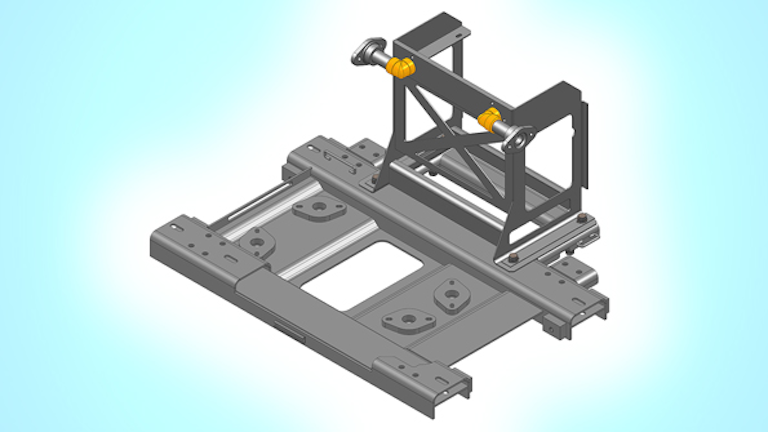Several factors affect the final shape and accuracy of the components including the effect of the punch and die radii the punch to die clearance the heat treatment of tooling the lubricant the press speed the press force and the blank holding pressure.
Factors affecting sheet metal parts and joint design.
Also known as press braking flanging die bending folding and edging this method is used to deform a material to an angular shape.
In general distortion can be controlled to varying degrees by clamping or fixturing use of heat sinks see figure 2 and special welding techniques.
Cutting and forming thin sheets of metal usually performed as cold working sheet metal 0 4 1 64 to 6 mm 1 4in thick plate stock 6 mm thick advantage high strength good dimensional accuracy good surface finish economical mass production low cost.
Since each metal fabricator has its own tooling bend factors and equipment to develop the flat blank it is better to fully dimension to formed views for that manufacturer.
Similar to other metal forming processes bending changes the shape of the work piece while the volume of material will remain the same.
Selection of the type of sheet metal joint affects product design cost assembly process and its performance.
Sheet metal bending is the plastic deformation of the work over an axis creating a change in the part s geometry.
Thickness to diameter ratio is a main factor used to quantify the geometry of a blank and can be calculated by t d b.
Varied metals and metal alloys can be formed into sheets and used to fabricate sheet metal parts.
Required joint type.
For noncircular sheet metal parts the maximum diameter is sometimes used.
The manufacturer s srm often indicates what material can be used as a substitution and how much thicker the material needs to be.
Your manufacturer may not be able to match dimensions when creating the actual sheet metal part due to tooling and equipment limitations.
Also the buckling and torsional strength of many sheet metal and tubular parts depends primarily on the thickness of the material rather than its allowable compressive and shear strengths.
Whenever sheet metal is heated some distortion will occur.
The choice of materials depends on the requirements of the application and factors in material selection include formability weldability corrosion resistance strength weight and cost.
Bending of sheet metal is a common and vital process in manufacturing industry.
Permanent or temporary joint.
Distortion can be a major factor in sheet metal welding.
Proper joint design and correct welding procedures limit distortion.
Thickness is represented by t and d b is the diameter of the blank.
Sheet metal bending methods design tips k factor bending is one of the most common sheet metal fabrication operations.










